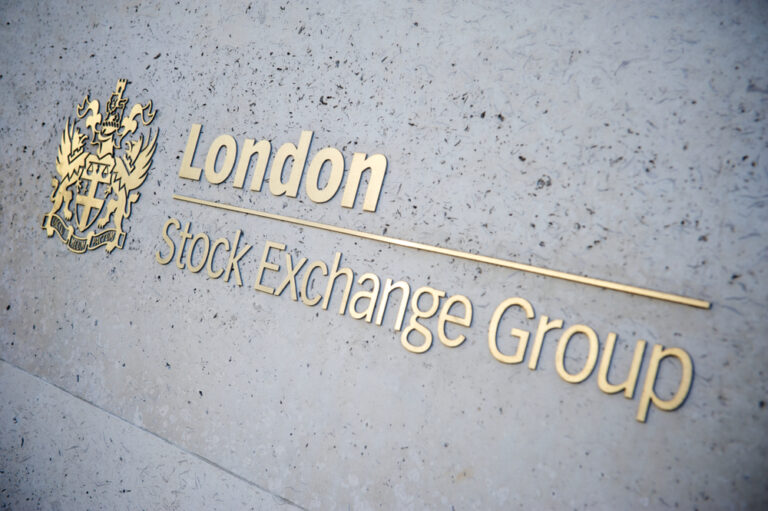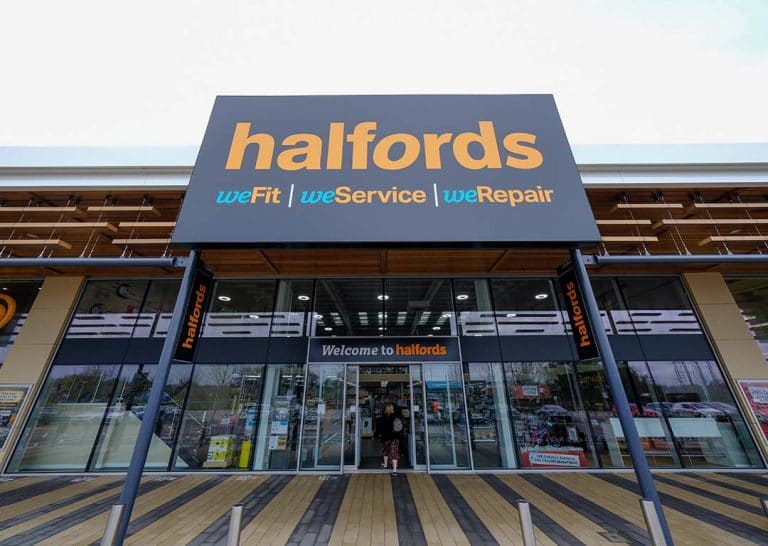Ariana Resources (LON: AAU) says that the revised Dokwe North pre-feasibility study economic model shows a NPV10 of $354m. That is based on a gold price of $2,750/ounces. All-in sustaining cost is estimated at $1,144/ounce. When the project in Zimbabwe was acquired, it had an NPV10 of $69m. Annul production of up to 100,000 ounces of gold over a ten-year mine life is being targeted for the definitive feasibility study. The share price is one-fifth higher at 1.2p.
Electrical connectors supplier Volex (LON: VLX) reported better than expected results for the year to March 2025. Revenues were 19% ahead at $1.09bn and underlying profit rose 18% to $106.2m. There was a strong recovery in electric vehicles revenues and three other parts of the business grew organically – in some cases due to the ending of destocking. One-off revenues in the previous year mean that there was a small dip in medical revenues. Growth is continuing into the new financial year and exposure to tariffs is limited. The share price jumped 19% to 376.25p, having been over 390p at one point.
At its AGM, legal services provider NAHL (LON: NAH) say the momentum continued into the second quarter. Trading is in line with expectations and a trading statement will be published in July. The share price rose 13.8% to 51p.
Digital services provider Made Tech (LON: MTEC) says revenues are expected to be one-fifth higher at £46.4m in the year to March 2025. That means that the pe-tax profit could improve from £1.4m to £2.6m. The recent government spending review should provide additional opportunities. The contracted backlog is £92m. Net cash was £10.4m at the end of March 2025. The share price improved 14.8% to 35p.
Roadside Real Estate (LON: ROAD) has entered a put option agreement with CGV Ventures 1 that will enable Roadside Real Estate to realise at least £48m from the future from the future sale of the 48.2% stake in Cambridge Sleep Sciences. That would represent a gain on book value of £7m. The company can assess alternative opportunities to sell. The cash will be reinvested in the property operations. The share price increased 8.06% to 50.25p.
FALLERS
Marketing services provider Next Fifteen (LON: NFG) says that revenues are holding up, but the mix of business has hit margins. H2 Radnor has cut its 2025-26 pre-tax profit by 23% to £63m on a 2% reduction in forecast revenues. Earn out payments to Mach49 vendors have been suspended because of evidence of irregularities. Chief executive Tim Dyson is stepping down after 33 years in charge. The share price slumped 25.7% to 214.75p.
Steppe Cement (LON: STCM) improved revenues by 4% to $84.9m in 2024, but profit declined because of higher energy and other costs. Pre-tax profit slumped from $5.4m to $100,000. Market share in Kazakhstan is maintained at 14.5%. Cash was $6.1m at the end of 2024. This year is expected to be stable. The market is competitive and moderate growth is anticipated. The share price slipped 13.5% to 16p.
Rockfire Resources (LON: ROCK) has completed the 3D lithofacies model at the Molai zinc deposit in Greece. This improves targeting for exploration. More than one dozen favourable targets have been identified. The share price fell 5.17% to 0.0825p.
Offshore energy market services provider Tekmar Group (LON: TGP) reported a decline in interim revenues fell from £16.2m to £12.3m. The loss from continuing operations increased from £400,000 to £2.7m. A second half weighting was always expected, but the order book has been growing slower than anticipated. There is improving demand from the offshore wind market. Full year revenues of £33.3m are forecast and there should be profit generated to offset some of the interim loss. There is uncertainty about the timing of longer-term contracts. The share price declined 4.26% to 5.625p.
Ex-dividends
BP Marsh (LON: BPM) is paying a final dividend of 6.78p/share and the share price dipped 5p to 700p.
Duke Capital (LON: DUKE) is paying a quarterly dividend of 0.7p/share and the share price declined 0.6p to 29p.
Panther Securities (LON: PNS) is paying a final dividend of 6p/share and the share price fell 10p to 290p.
RWS (LON: RWS) is paying an interim dividend of 2.45p/share and the share price decreased 1.3p to 91.2p.
Serica Energy (LON: SQZ) is paying a final dividend of 10p/share and the share price is 9.6p lower at 161.4p.
Tribal (LON: TRB) is paying a final dividend of 0.65p/share and the share price is unchanged at 43.5p.
Vertu Motors (LON: VTU) is paying a final dividend of 1.15p/share and the share price fell 0.3p to 62.3p.
Wynnstay Properties (LON: WSP) is paying a final dividend of 17p/share and the share price is unchanged at 825p.











